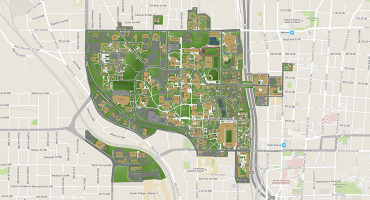The lanthanides (Lns) are a group of 15 metallic elements from La to Lu. They are critical players in our modern lifestyle (think: mobile phones, catalytic converters, and light bulbs), and stand to play an even more outsized role in the green economy of our future (think: magnets, batteries, and catalysts). Until about 10 years ago, the Lns were thought to be biologically irrelevant. The last decade, however, has seen a complete reversal of this perspective. Lanthanides are essential for some methanotrophic metabolisms and Ln-binding proteins have been discovered in a variety of different bacteria. A common effect of the Lns identified in biochemistry thus far is the exquisite sensitivity of biochemical traits – from specific activity to binding affinity – to the identity of the Ln in question. These traits have already been exploited in biomolecule-based separation processes for Lns on the benchtop, raising hopes that a biotechnological solution to a Ln-supported green economy is in the cards. Despite this promise, it is still not known how the Lns cause such pronounced differences in biochemical behaviors. This effect is especially peculiar in the face of the overall chemical similarity of the Lns. In this talk, I will show that geochemical theory for Ln partitioning between minerals and melts offers a potential mechanistic explanation for the exceptional sensitivity of biochemical traits to Ln identity. I will focus primarily on the thermodynamics of lanmodulin (a Ln-binding protein) and the kinetics of methanol dehydrogenase (which contain a Ln in its active site), though I will survey other biomolecules (for example, ribozymes) where this theory may find application.
Hosted by Raphael Rosenzweig
Event Details
Location:
EBB 1005
Extras:
Free Food
For More Information Contact
rbailey74@gatech.edu



